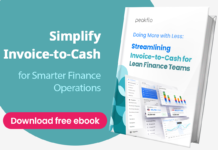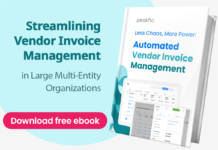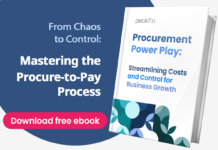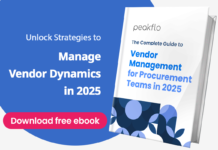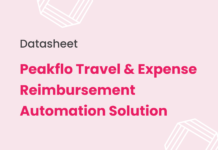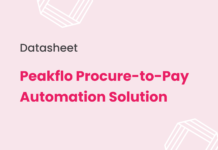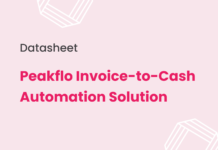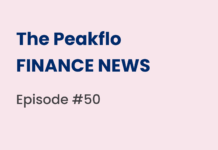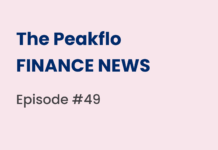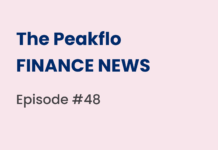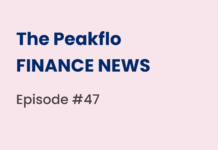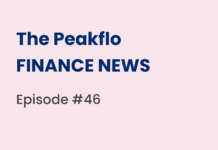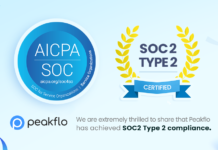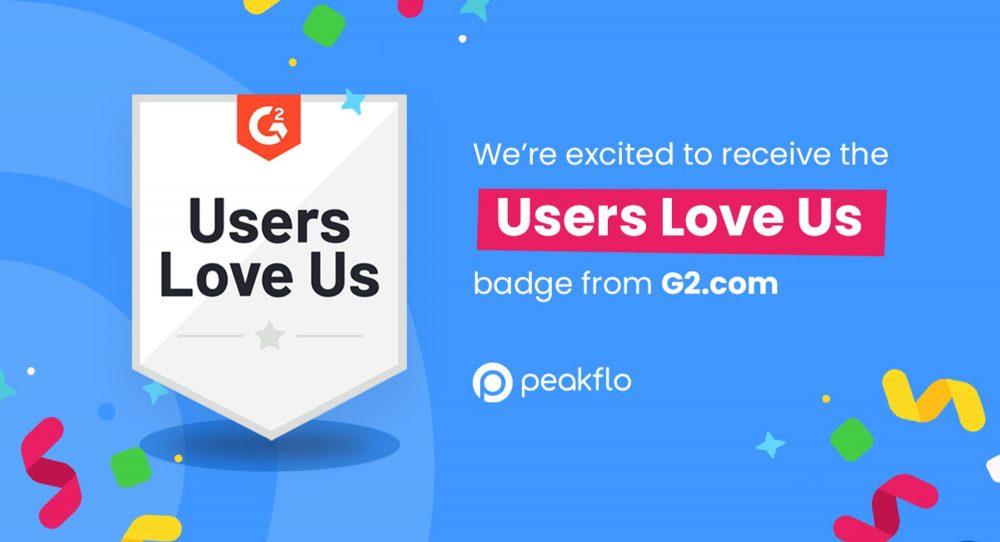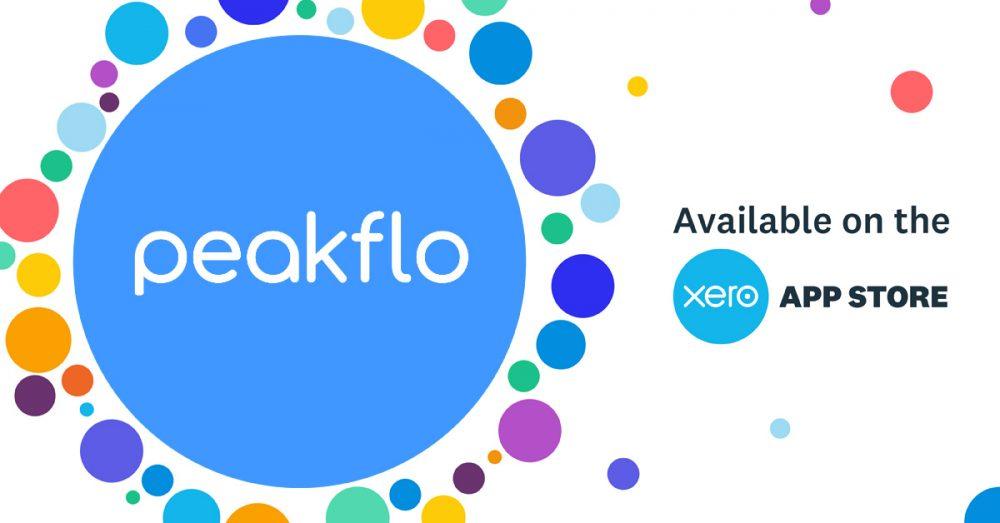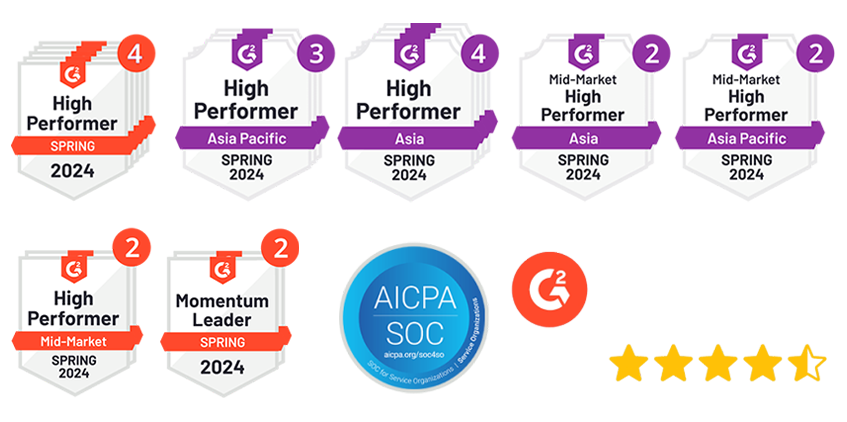Payment negotiation is never a straightforward process. On one hand, the vendor wants to get paid instantly. For the buyer, paying cash might disrupt their cash flow.
Thankfully, there is a payment option that can serve as a solution for both parties. It’s called Net 30, and it’s becoming increasingly popular with businesses of all sizes across the world.
In this article, we’ll explore Net 30, how it works, its pros and cons, how to set it up, and how to get paid faster with it. Read on!
What Is Net 30?
Net 30 is a payment term which means the customer has a 30 days to pay the total amount of their invoice after it was issued. For example, if the Net 30 invoice is issued on 1 March, then the payment is due before or on 31 March.
To put it simply, the term “Net” refers to the total amount due on the invoice. Whereas, the number “30” refers to the number of days after the invoice issuance date by which the payment must be made.
Here are some of the ways Net 30 compares to other popular payment terms:
- Net 60: This is a similar but longer payment terms that requires buyers to pay their bills within 60 days rather than 30 days. There are also Net7 and Net21, where the payments are due depending on the number.
- COD (Cash On Delivery): This payment term requires buyers to pay for goods at the time of delivery.
- NETE (Net Exchange): This involves paying the invoice on a net basis relative to the period ideal for each party, with no fixed due date.
- Prepayment or advance payment: With this option, customers must pay before they receive any goods or services from the seller.
How Does Net 30 Work?
Net 30 works pretty simple and can be your business financial’s new year resolution. To use this payment term, there should be an initial agreement between two businesses involving the exchange of goods or services. The Net 30 payment agreement states that the buyer must pay the supplier within 30 calendar days of receiving an invoice.
This type of agreement is often used in business-to-business transactions and allows buyers to manage their cash flow more efficiently by taking advantage of extended payment periods.
What Does 2/10 Net 30 Mean?
2/10 Net 30 refers to the trade credit offered to a customer for the sale of goods or services. It means if a customer pays their bill within 10 days, they get a 2% discount. But if they take longer, they must pay the full amount within 30 calendar days.
To put it simply:
- The “2%” refers to the discount a customer can get.
- The “10 days” means if they pay within 10 days, they receive the 2% discount.
- The “30 days” means the full payment is due within 30 days if they don’t take the discount.
Another example of such a payment term is 1/15 Net 45. It means the buyer can take a 1% discount if the invoice is paid within 15 days; otherwise, the full payment is due in 45 days.
Here’s an example:
The CEO of Company XYZ Inc. notices their sales are dropping because they don’t offer payment terms like their competitors. To fix this, they introduce a new payment term, 2/10 Net 30. This means customers have 30 days to pay, but if they pay within 10 days, they get a 2% discount.
For example, if a customer buys $10,000 worth of goods and pays within 10 days, they only pay $9,800. But if they pay after 10 days, they owe the full $10,000.
Pros and Cons of Net 30 Payment Terms
The Net 30 payment option can improve your invoice to payment terms in various ways, but might also have some drawbacks in specific scenarios.
Advantages of Net30 Payment Term
- Improved Cash Flow Management: As net 30 payment terms provides more time to make payments, businesses have more flexibility when it comes to managing their cash flow and controlling their budgets.
- Increased Credit Score: Paying suppliers on time will result in an improved credit score, which can be beneficial when seeking loans or applying for vendor accounts.
- Lower Interest Rates: Businesses can potentially get lower interest rates on loans or other financings due to improved creditworthiness.
- Better Working Relationships: Paying suppliers on time helps to maintain good working relationships with them, which can help business owners get better pricing and services from vendors in the future.
Disadvantages of Net30 Payment Term
- Risk of Late Payments: Late payments are more likely when using Net 30 payment terms, as customers may not realize that invoices need to be paid within 30 days (or whatever timeline is specified).
- Waste of Time and Resources: Business owners must spend time and resources to constantly monitor invoices, follow up with customers about payments, and pursue any late payers through collection activities, which can be costly and time-consuming.
- Difficulty Managing Multiple Accounts: It can be difficult to manage multiple customer accounts using the Net 30 system if customer payments are spread out over many different dates throughout the month.
Compared to other payment terms like Net 10 and Net 60, Net 30 can be very helpful for small businesses. It gives enough time to pay suppliers, making it easier for them to manage cash flow and plan their budgets.
For example, Net 60 allows customers a longer time to pay their bills, which might be too long, while Net 10 requires payment too quickly. Net 30 offers a balanced time frame for payment.
Sometimes, offering a discount for early payment can also be a good idea. This can help maintain good relationships with buyers and improve cash flow by speeding up payments. For example, a business might offer a 2% discount if an invoice is paid in full within 30 days of the purchase date.
In the end, each business should choose the payment terms that work best for them.
Who Uses Net 30 Payment Terms?
Types of businesses that use Net 30 payment terms are generally businesses that supply goods or services to other companies and require immediate payment, such as contractors, manufacturers, wholesalers, service providers, web developers, and IT professionals.
In addition, the following industries commonly use Net 30 payment terms:
- Retail
- Healthcare
- Hospitality
- Food services
- Oil and Energy
- Construction
- Technology
- Automotive
Each industry has its own pros and cons when it comes to using Net 30 as a payment term.
On the positive side, Net 30 gives retailers more time to receive payments and provides customers with flexibility in making their payments. However, there are some downsides. For instance, it may lead to customers paying late because they don’t feel the need to pay until the end of the 30-day period.
This can cause retailers to lose money and delay orders, which could result in unhappy customers and complaints about long delivery times.
So, regardless of the industry your business is in, it’s important to think carefully about whether to use this payment term by weighing its benefits against its drawbacks.
How to Set Up Net 30 Payment Terms?
Setting up payment terms is a necessary step for businesses to ensure they are paid on time. If you’re interested to set up a Net 30 payment term for your business, here are the steps you need to follow:
- Identify when customers need to pay: It’s important to choose how long customers have to make their payments. This time frame depends on the type of products or services you offer and the customer’s credit history, if it applies.
- Set up acceptable payment methods: You’ll need to decide which payment system you accept for customers to make payments in a manner that’s convenient for them. Make sure these options work with your existing systems and provide appropriate security measures for processing payments.
- Outline your late fees policy: Late fees are meant to encourage customers to pay on time. It’s important to explain this policy clearly so customers know what happens if they don’t pay when they should.
- Implement payment tracking software: Choose software that can track payments, send invoices, and even issue automated multi-channel reminders (for instance with WhatsApp messages) when payments are due according to your payment terms schedule.
Doing so will organize your bookkeeping and makes it easier to collect what’s owed while minimizing the chance of missed or late payments due to human error.
- Clearly communicate your policies: Make sure all important documents, like invoices and contracts, clearly state your payment terms. This way, there won’t be any confusion between you and the customer about when payments are due and any fees for late payments.
After completing the setup, it’s important to outline the necessary steps to guarantee that customers make reliable and timely payments. Here are the key requirements for establishing Net 30 payment terms:
- A completed customer application form and credit application review
- An invoice outlining the full cost of goods or services along with any applicable taxes
- A mutually agreed upon payment plan with clear deadlines
- Clear penalty fees for late payments or missed payments
- Established customer credit limits
- Contracts signed by both parties indicating agreement on payment terms.
Best Practices on Using Net 30 Payment Terms
When you’ve done the setup and clearly state the requirements, it’s time to negotiate the Net 30 payment term with clients. Here are some tips to get you started:
Start the conversation early – If you want to negotiate Net 30 payment terms with clients, it’s best to discuss it before signing any contracts. This way, both sides are clear on the payment terms before work starts.
Explain why it’s beneficial for them – Help your clients see the advantages of using net 30 payment terms for their business. With net 30 terms, they can pay for products 30 days after receiving and checking them. This gives them extra time to focus on other important parts of their business when needed.
Put it in writing – Before you continue with any negotiations, make sure to put all agreements and details in a written contract. This way, both parties will know what is expected of them from the start.
Be clear about late fees – It’s important to have clear rules about late fees when you negotiate Net 30 payment terms with clients. Let your clients know if you will charge fees or interest for late payments, and explain what those fees will be, if any.
Stay open and flexible – While it’s important to stick to your terms, don’t shut down conversations with potential clients by being too strict in negotiations. Keeping your bottom line in mind is essential, but being open can help everyone come to an agreement that works for both sides.
These steps will help you set up payment terms easily and ensure your clients understand them. By clearly stating the requirements in advance, your clients will be better informed, and both of you will benefit from this understanding.
How to Get Paid Faster with Net30?
Net 30 payment terms give businesses a way to receive payments faster while still protecting themselves from late payments. Usually, Net 30 is used to deal with recurring payment collections.
To get paid faster with this payment term, you can start by clarifying the terms with your customer, offering net 30 terms for early payments, monitoring and reminding customers about late payments, and setting up an automated process to make everything goes swiftly.
One of the recommended tools for businesses that want to apply the Net 30 payment term is Peakflo. We offer tools and resources to improve your accounts receivable and invoicing processes, such as cash flow management, payment processing tools, automated reminder systems, online banking services, and credit monitoring services.
Using Peakflo, you can set up workflows based on an escalation matrix and categorize the relevant customer groups for monthly reminders.
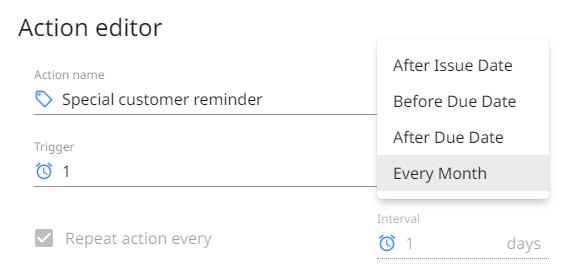
Take more control over which channel you’d like to send the reminder to, from WhatsApp to SMS, based on your customer’s preferences.
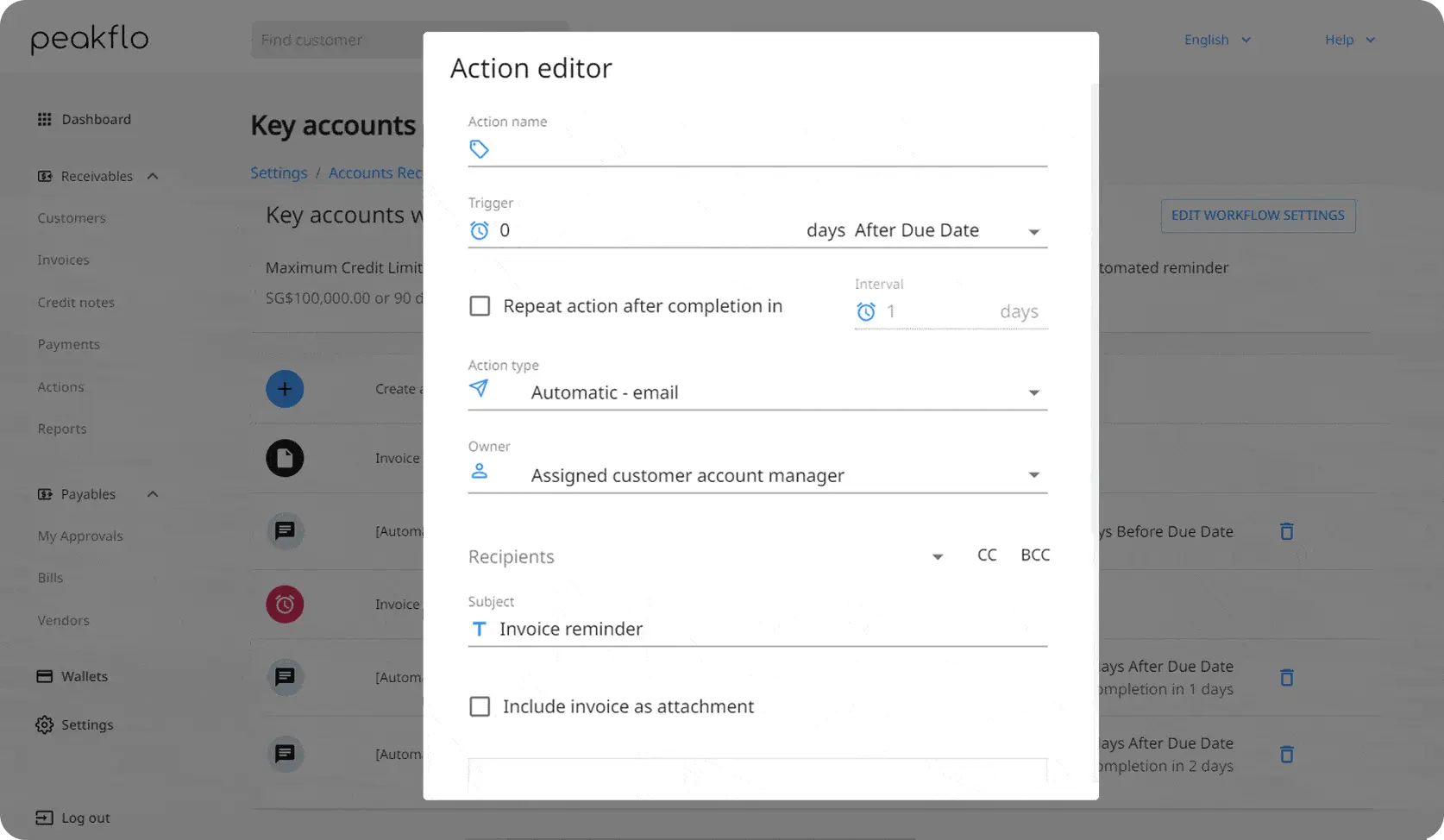
This way, you can actually get paid faster with minimal effort every month and simplify the calculation process of the account receivable turnover ratio in a year.
Conclusion
All in all, Net 30 is a unique way of doing business in which customers must pay their bills within 30 days of receipt. This payment term can be beneficial for businesses in terms of improving cash flow management, making access to supplies easier, improving credit terms, and increasing customer base.
A business must set up a clear Net 30 payment policy with clear requirements to make sure the negotiation process and future agreements with clients go smoothly and are beneficial for both parties.
Businesses need to understand how this payment term works to be able to execute it correctly. Moreover, it has several drawbacks to be considered, including risks of late payments, waste of time and resources, and difficulty managing many accounts.
However, you can tackle it easily using the right automation software to minimize effort and maximize outputs.
With Peakflo, your business will be able to set up Net 30 payment terms, create and send professional invoices, track invoices, automate payment reminders, and get paid in your sleep.





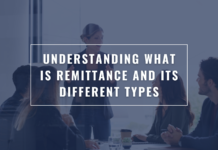




![Why AI Sales Calls Are Making Good Sales Reps Even Better [2025 Guide] ai sales calls](https://blog.peakflo.co/wp-content/uploads/2025/09/65168cf6-3001-4733-8cbc-12d5684cf449-218x150.webp)






